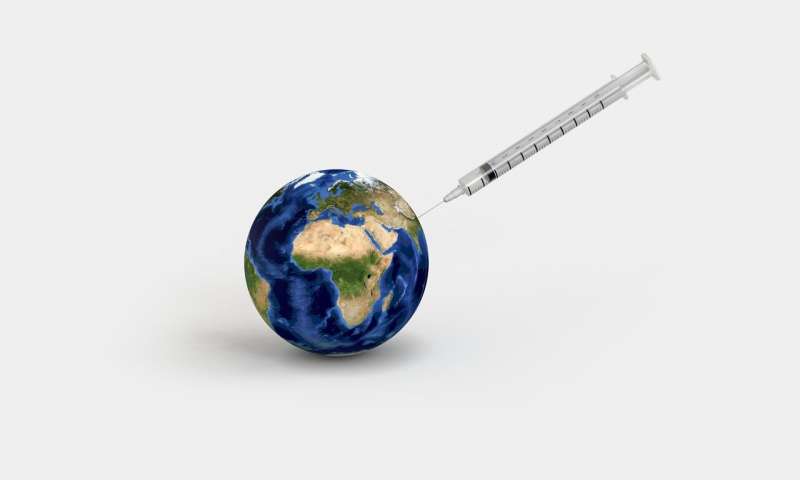
Never dismiss the power of money to persuade. A study initiated before the rollout of COVID-19 vaccines has found that a $1,000 incentive for the vaccine-hesitant could boost vaccine rates up to 87%.
At the time, that number was considered sufficient to confer herd immunity. With COVID-19 variants now proliferating globally, notions of herd immunity have changed. But the authors say their findings are still valuable, given that much of the developing world has yet to become fully vaccinated, and as public health officials continue to encourage vaccination as a powerful tool against serious health effects.
“It’s even a bigger question than vaccines and COVID. This is part of a larger set of dilemmas called collective action problems—such as how do we convince people to take action to mitigate climate change,” says Vivek Nandur, a doctoral student in behavioral economics at the University of Toronto’s Rotman School of Management and one of three study co-authors. “This speaks to that and how monetary incentives can be used to influence larger behavior change.”
Some 2,500 study participants, recruited online in December 2020, were asked if they planned to get the vaccine or if they would accept it under one of three conditions: if it were free, if it were effective against COVID-19, or if it had no side effects.
Those who answered “yes” varied from 68% in the “free vaccine” category to 75% for those in the “no side effects” group. Some 70% of participants in the no conditions group said they would get vaccinated.
All participants who answered “no” were then asked how much money would incentivize them to accept the vaccine. A $500 cash incentive brought the percentage of vaccine willing up to 80%. But the $1,000 cash incentive, the maximum, raised that figure to nearly 87%.
Between 13 and 15% of participants were unwilling to accept the vaccine under any circumstances. But Nandur said the results support other findings that show that the vaccine hesitant are not a homogeneous group and that public health strategies need to be similarly nuanced and targeted. Even cash incentives are not a panacea, and can potentially backfire, given other conditions.
As one example, “Offering the vaccine for free in our experiment seems to make people a bit warier, which is confusing and likely needs more examination,” Nandur said.
Money aside, people were more willing to take the vaccine if it was shown as effective against COVID-19, or had no side effects. Hesitancy was stronger among younger people than older ones, and among political conservatives.
The study was published in Humanities and Social Sciences Communications.
Nandur co-authored the study with David Soberman, a professor of marketing and the Canadian National Chair of Strategic Marketing at the Rotman School, and Ganesh Iyer of the Haas School of Business at the University of California Berkeley.
The researchers have since looked at the effects of a 2021 policy by the government of West Virginia to offer $100 savings bonds to people aged 16 to 35 who get vaccinated. The policy was introduced to boost the state’s lagging vaccination rate from 52 to beyond 70%.
University of Toronto

